
‘A probiotic for the environment’?
Scientists report in a preprint study that they have discovered extrachromosomal elements, or ECEs, that have the ability to assimilate genes from other archaea in wetland soils. According to a report in Chemical & Engineering News, when Jill Banfield shared the discovery during Thanksgiving dinner in 2020, her son proposed to name them “Borgs.”
Remember the Borg, notorious villains in Star Trek? They were cybernetic aliens that assimilated technology and knowledge from other alien species to achieve perfection. However, the Borgs on Earth might be heroes, helping in methane oxidation that could mitigate climate change.
ECEs are genetic elements that exist independent of the chromosome; they can be anything from viral DNA to circular plasmids to linear megaplasmids. What exactly these Borgs are is still an unanswered question, but they are unique in that they share genes with archaea that oxidize methane.
Jill Banfield, a geomicrobiologist at the Innovative Genomics Institute and the University of California, Berkeley, and the study’s senior author, said, “I think that there’s just a lot of extraordinary surprises out there in the natural world that we have not yet encountered. Some things we couldn’t even imagine, and these Borgs just have a set of characteristics that are just beyond defying.”
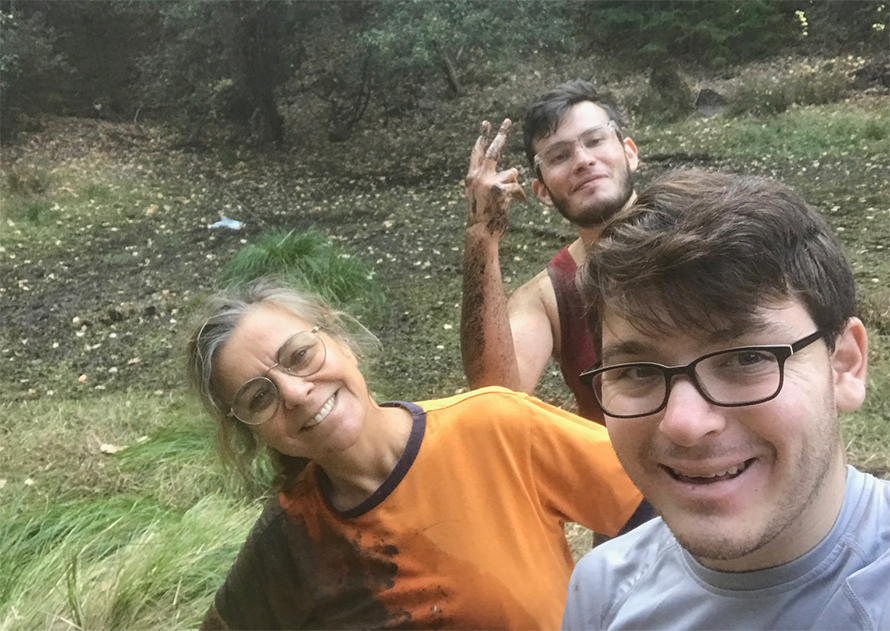
What makes Borgs unique?
Banfield’s lab has a long history of using metagenomics to study terrestrial subsurface aqueous environments and soils across different habitats, from the deep subsurface in Japan to an aquifer adjacent to the Colorado River to wetlands in California.
“We work across various environments, because we hope that by looking at the different conditions, we can obtain general insights about microbial ecology and microbial community behavior,” Banfield said.
While working on DNA from samples collected from soil of a vernal pool near Banfield’s house in California, they found a mysterious linear element 1 megabase long. The enormous size and many novel features eliminated the possibility that the DNA belonged to either bacteriophages or plasmids.
Another possibility was that Borgs might be a new virus or bacterium. However, a further look into their genes ruled out that possibility; they lack genes that sustain life, such as ribosomal genes, and also don’t have genes required for encapsulation of a virus.
“When I started looking at its genes, most of the genes, about 78%, were completely unknown. The ones that were getting hits were more archaeal in nature,” said Basem Al-Shayab, a graduate student and the lead author of the study.
After identifying the first Borg sequence, the researchers extended their search to previously generated DNA datasets from different sites and identified nineteen different groups of Borgs that they named based on colors — black, orange, brown, and lilac Borgs.
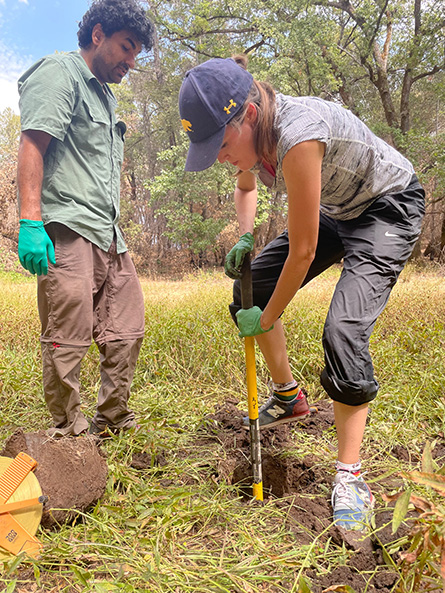
soil samples from the vernal pool field site in California in 2021.
Studying the common features among all the groups, the team concluded that what makes these Borgs novel is a set of properties together rather than a unique defining feature. They are large (660-1000 kb), and their DNA always ends with long inverted terminal repeats (1.5-2.0 kb). Their genome contains many rapidly evolving tandem direct repeats. Most importantly, they encode genes involved in methane oxidation.
The Borgs were present mostly in deep, anaerobic, or oxygen-poor, soil and always cooccurred with DNA of a methane-oxidizing archaeon called Methanoperedens. In fact, many times, the copy numbers of the Borgs’ DNA exceeded the Methanoperedens populations in these locales, signifying their importance to the ecosystem.
Furthermore, specific local regions within the Borgs’ DNA had a high GC content, matching the GC content in Methanoperedens, and a soaring similarity between some protein sequences suggests that these genes were transferred laterally from Methanoperedens. This implies that Methanoperedens host Borgs inside them, an inference supported by the observation that spacer sequences within the CRISPR array of Borgsmatches the sequences from Methanoperedens.
“This is the first time to our knowledge that genes related to methane oxidation including the Methyl Coenzyme M reductase (MCR) were shown to be horizontally transferred,” said Al-Shayab.
Cohabitation between Borgs and Methanoperedens
Given the enormous size and complexity of the Borg genome, there must be mechanisms in place that allow hosts and Borgs to coexist. In a follow-up preprint, the researchers hypothesized that the highly pervasive unique tandem direct repeats present between and within genes might help with cohabitation.
“The repeats are a little bit reminiscent of some of these pieces of CRISPR repeats,” said Banfield, who in 2006 introduced fellow University of California, Berkeley, scientist Jennifer Doudna to CRISPR . (Doudna, a co-author on the first Borg manuscript, later won the Nobel Prize for an invention to expand CRISPR for genome editing.) About the tandem repeats in the Borg genome, Banfield continued, “We don’t understand the function fully, as we did not in the case of the repeats in the CRISPR locus originally. We found something enigmatic that, like CRISPR, is associated with microbial genomes.”
On average, 50% of all the tandem repeats occur in protein coding regions, in stretches that are always divisible by three, suggesting very strong selection pressure to prevent disrupting reading frames. This means that these repeats result in amino acid tandem repeats.
Analysis using protein structure prediction software revealed that most of the proteins with these repeats have local flexible regions that can be modified posttranslationally by addition of phosphate or sugars and act as adaptors, allowing the Borg proteins to interact with the host proteome.
“While studying the Borg proteins, one thing that stood out to me was the sheer abundance of proteins that are involved in post-translational modification and sugar metabolism. Whatever this Borg is, it’s probably going to change the cell decorations of its host,” said Marie Schoelmerich, a postdoctoral fellow in the Banfield lab and the lead author of the second preprint.
Banfield explained the phenomenon in simple terms in a Twitter thread. “Imagine an alien, landing on Earth with intent to cohabitate. Their alien technology wouldn’t necessarily work natively with ours. In the same way, tandem repeats may be the adaptors that let the BORGs get to ‘plug in’ to the host’s network!”
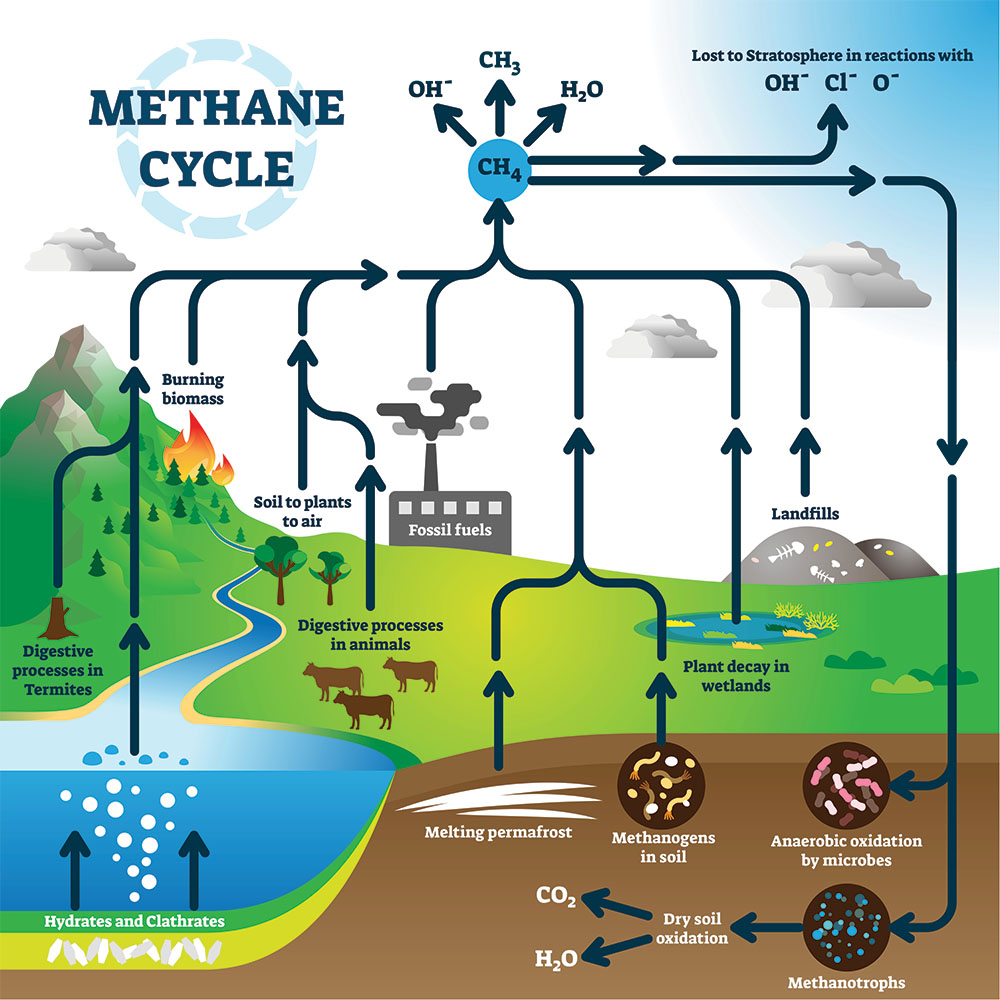
Borgs, wetlands and climate change
Methane is 30% more potent than CO2 as a greenhouse gas and thus is an important driver of global warming. It is emitted from environments including wetlands and rice paddies under anaerobic conditions often caused by flooding.
Methanogens are archaeal microorganisms that produce methane as a metabolic byproduct under anaerobic conditions. Methanogens can be found in diverse habitats, from deep-sea hydrothermal vents to wetlands to the rumens of farm animals including cows and sheep. Hence, livestock, especially cattle, as well as paddy fields and manure are among the top contributors to methane emissions.
Very few organisms can oxidize methane without oxygen, so the bulk of microbial methane oxidation to CO2 happens very close to the surface, where the chances of releasing methane into the atmosphere are higher. Only a few archaeal microorganisms that use methane as a carbon and energy source, including Methanoperedens, can oxidize methane anaerobically under the surface, right at the source.
Methanoperedens conduct reverse methanogenesis coupled with either nitrogen or sulfate reduction to oxidize methane.
“The Borgs act as turbochargers, enhancing the capacity for methane oxidation anaerobically because they encode for genes/gene variants central to methane oxidation (MCR) pathway,” said Banfield.
The lab thinks these genes either could extend the range of conditions under which methane can be oxidized or could increase the rate of oxidation. The Borgs could provide their hosts environmental resilience — that is, defense against challenges in the natural environment — by expanding their redox and respiratory capacity.
Recently, the Innovative Genomics Institute announced a new program funded by the Chan Zuckerberg Initiative to work on soils and crops to counter climate change. Banfield’s lab is interested in finding ways to store more carbon in the soil and to preserve carbon reservoirs in the soil. Another facet is to develop methods to engineer plants to promote deeper carbon sequestration, where it is more likely to be stabilized.
What’s in store for Borg research?
“I hope that we are going to be able to address questions like how Borgs are controlling and linked to their host experimentally. The Methanoperedens are hard to grow in a lab; I don’t know if we will ever get Borgs into culture,” said Schoelmerich. “I would like to knock out the MCR of the Borg and see if now the host is still able to oxidize methane with similar efficiency, so that we can actually validate what we are claiming.”
An exciting possibility to pursue is to change environmental conditions such that Methanoperedens and its Borgs can achieve the widest range of capacity to oxidize methane. For instance, if a Methanoperedens host strain requires oxidation of methane coupled to iron reduction for its survival, then researchers could add oxidized iron to the soil.
“The dream might be to actually add those organisms … like a probiotic for the environment,” said Banfield. “That’s really pretty blue-sky, and we don’t know it would work, but it’s certainly worth thinking about.”
Enjoy reading ASBMB Today?
Become a member to receive the print edition four times a year and the digital edition monthly.
Learn moreGet the latest from ASBMB Today
Enter your email address, and we’ll send you a weekly email with recent articles, interviews and more.
Latest in Science
Science highlights or most popular articles
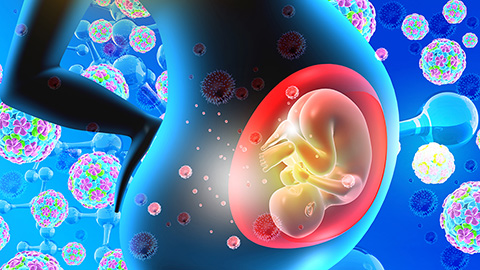
Mapping the placenta’s hormone network
Study uncovers how the placenta actively metabolizes not only glucocorticoids but also novel androgens and progesterones, reshaping our understanding of pregnancy and its complications.

Biochemists and molecular biologists sweep major 2025 honors
Recent Nobel, MacArthur and Kimberly Prize honorees highlight the power of biochemistry and molecular biology to drive discovery, including immune tolerance, vaccine design and metabolic disease, and to advance medicine and improve human health.

Spider-like proteins spin defenses to control immunity
Researchers from Utrecht University discovered two distinct binding modes of a spider-shaped immune inhibitor found in serum.
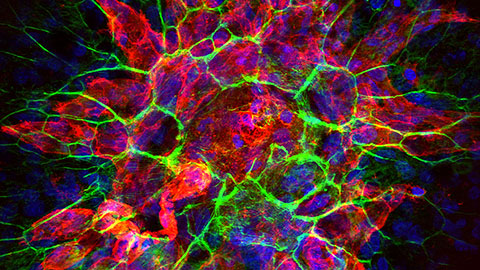
A biological camera: How AI is transforming retinal imaging
AI is helping clinicians see a more detailed view into the eye, allowing them to detect diabetic retinopathy earlier and expand access through tele-ophthalmology. These advances could help millions see a clearer future.

AI in the lab: The power of smarter questions
An assistant professor discusses AI's evolution from a buzzword to a trusted research partner. It helps streamline reviews, troubleshoot code, save time and spark ideas, but its success relies on combining AI with expertise and critical thinking.
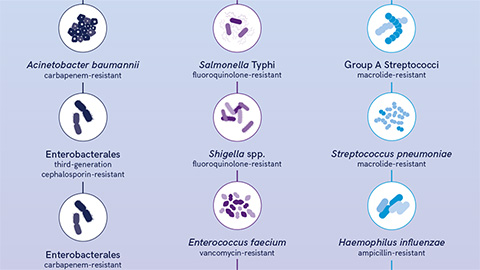
Training AI to uncover novel antimicrobials
Antibiotic resistance kills millions, but César de la Fuente’s lab is fighting back. By pairing AI with human insight, researchers are uncovering hidden antimicrobial peptides across the tree of life with a 93% success rate against deadly pathogens.

